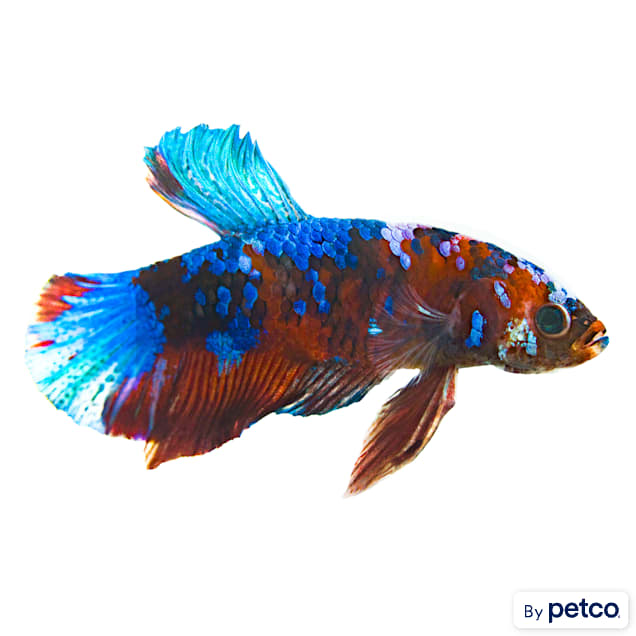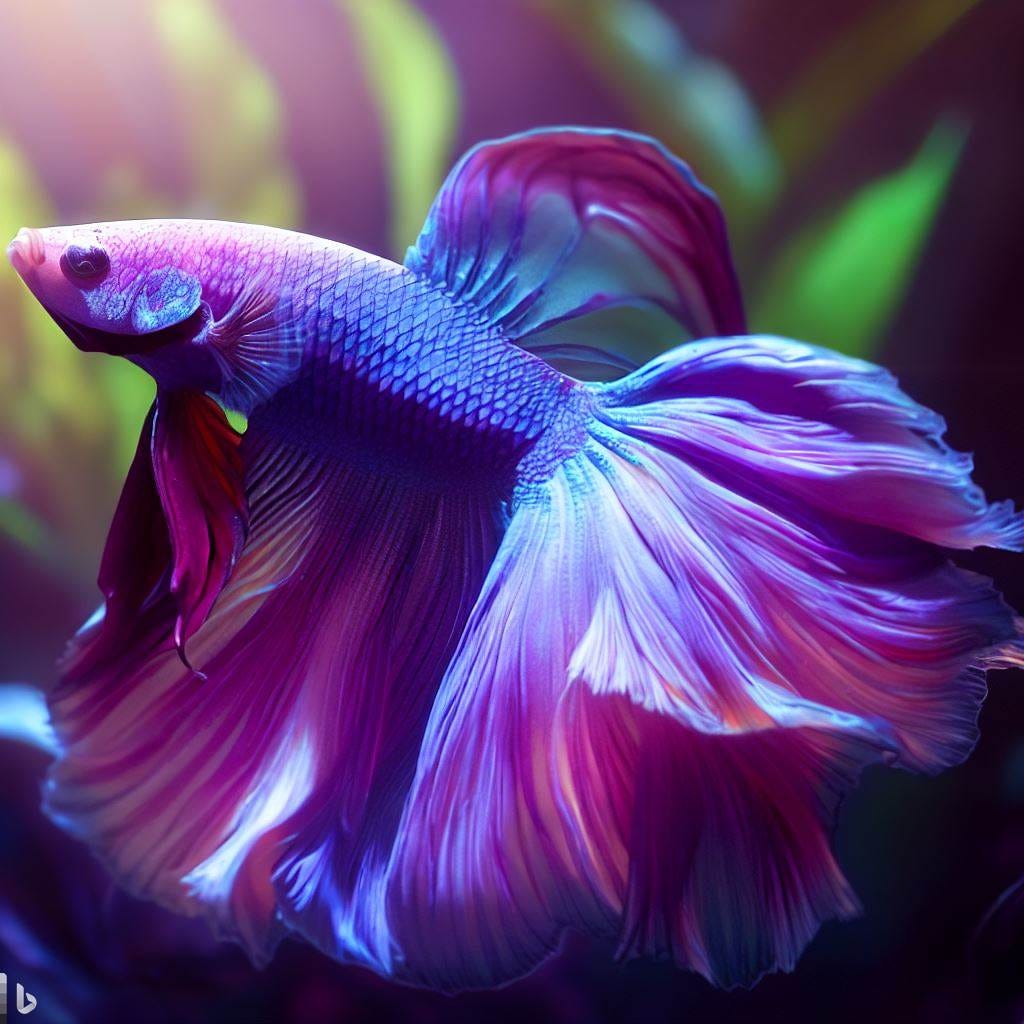Just how to Choose the Right Betta Fish for Your Aquarium
All Concerning Betta Fish: Understanding Their Unique Requirements, Behavior, and the most effective Practices for Optimum Treatment
Recognizing the one-of-a-kind demands and habits of Betta fish is vital for any kind of aquarist seeking to provide ideal care. These fascinating animals, belonging to the warm waters of Southeast Asia, exhibit distinct territorial propensities and need details ecological conditions to flourish. From picking the right container size to acknowledging potential wellness problems, various elements significantly affect their wellness. As we check out these aspects further, the ramifications for both amateur and skilled fish caretakers come to be significantly evident, increasing inquiries concerning just how ideal to fit these impressive fish in our homes.
Betta Fish Summary
Although often admired for their vivid shades and flowing fins, Betta fish, scientifically understood as Betta splendens, are complicated animals that call for certain like thrive. Originating from Southeast Asia, these freshwater fish are understood for their territorial nature and special habits. Betta fish exhibit sex-related dimorphism, with men showing more vivid colors and longer fins than ladies.
Their hostile propensities, especially among men, demand cautious factor to consider when housing them. Bettas are often maintained in single-specimen tanks to stop territorial disputes. They can exist together in harmony with certain suitable types in larger area containers, gave the atmosphere fulfills their requirements.

To guarantee optimum treatment, aquarists have to recognize their one-of-a-kind behavior attributes, dietary needs, and environment demands. betta fish. With proper attention, Betta fish can exhibit their vibrant individualities and grow in a well-maintained fish tank setting
Natural Habitat and Environment
Betta fish thrive in a varied variety of natural habitats, primarily located in the superficial waters of Southeast Asia, including rice paddies, swamps, and slow-moving streams. These settings are defined by cozy temperature levels, commonly between 75 ° F and 82 ° F(24 ° C and 28 ° C ), and a pH degree varying from 6.5 to 7.5, which is ideal for their wellness and health.
In their natural environments, Betta fish are accustomed to dense greenery, supplying both shelter and reproducing grounds. The presence of plants such as floating water lilies and thick yards not only offers defense from predators yet additionally adds to the oxygenation of the water, which is crucial for their breathing needs. Furthermore, these settings commonly have areas of still water, enabling Betta fish to exhibit their natural behaviors such as bubble nesting.
Comprehending the natural environment of Betta fish is critical for fish tank enthusiasts. Replicating these conditions-- via water temperature, pH equilibrium, and the addition of online plants-- can substantially boost the total health and wellness and long life of these exciting fish, guaranteeing they thrive in a home aquarium setting.
Social Behavior and Interactions
Understanding the social habits and interactions of Betta fish is necessary for successful aquarium administration. Betta fish, or Siamese fighting fish, are recognized for their special behavior attributes, characterized primarily by territoriality and hostility.
Alternatively, female Bettas exhibit less aggressive actions and can exist together in teams, recognized as sororities, if presented properly. It is important to check their interactions very closely, as pecking order and supremacy can lead to problems. Comprehending the dynamics within a Betta area is crucial; establishing concealing spots and making sure enough area can reduce aggressiveness.
On top of that, Betta fish may also present inquisitiveness and social behaviors towards other types. While they can exist together with particular non-aggressive tank companions, it is vital to pick suitable types to avoid stress and anxiety and aggression. Overall, recognizing these social communications is vital to promoting an unified fish tank setting for Betta fish.
Necessary Treatment Guidelines
Providing appropriate take care of Betta fish is critical to their health and wellness. To guarantee a flourishing setting, it is vital to maintain optimal water problems. The water temperature need to my explanation be maintained in between 76 ° F and 82 ° F(24 ° C to 28 ° C), while pH levels must range from 6.5 to 7.5. Regular water changes-- around 25% once a week-- aid preserve water top quality.
Betta fish need a suitable special info container size; a minimum of 5 gallons is advised to provide appropriate space for swimming and hiding. Include decors and plants to produce a revitalizing environment, but prevent sharp things that could harm their delicate fins.

Finally, make sure the storage tank is equipped with a filter to keep the water tidy, but utilize a mild filter to prevent strong currents that can emphasize the fish. By following these necessary treatment standards, owners can advertise a healthy and balanced and vivid Betta fish.
Common Wellness Issues and Solutions
In the treatment of Betta fish, awareness of usual health issues is essential for keeping their health. To treat fin rot, boost water conditions and take into consideration making use of a broad-spectrum antibiotic.
One more typical ailment is ich, a parasitical infection characterized by white places on the fish's body (betta fish). Treatment includes boosting water temperature and adding fish tank salt to the tank, as this can assist get rid of the bloodsucker
Swim bladder disorder is additionally frequently observed, leading to buoyancy troubles. This condition might arise from overfeeding or irregularity. A fasting duration of 24-48 hours, complied with by a diet plan of blanched peas, can supply alleviation.
Last but not least, bettas might deal you can find out more with velour condition, suggested by a gold dust-like appearance on their skin. Therapy typically requires medicine especially designed for exterior parasites, along with boosted container hygiene.
Regular monitoring of water specifications, keeping a tidy environment, and supplying a well balanced diet are crucial preventive actions. By resolving these wellness issues without delay, Betta fish can lead healthier, a lot more lively lives.
Conclusion
In summary, effective betta fish treatment requires an understanding of their distinct needs and habits. Normal tracking of health and water quality, along with a well balanced diet regimen, contributes to the durability and vibrancy of betta fish.